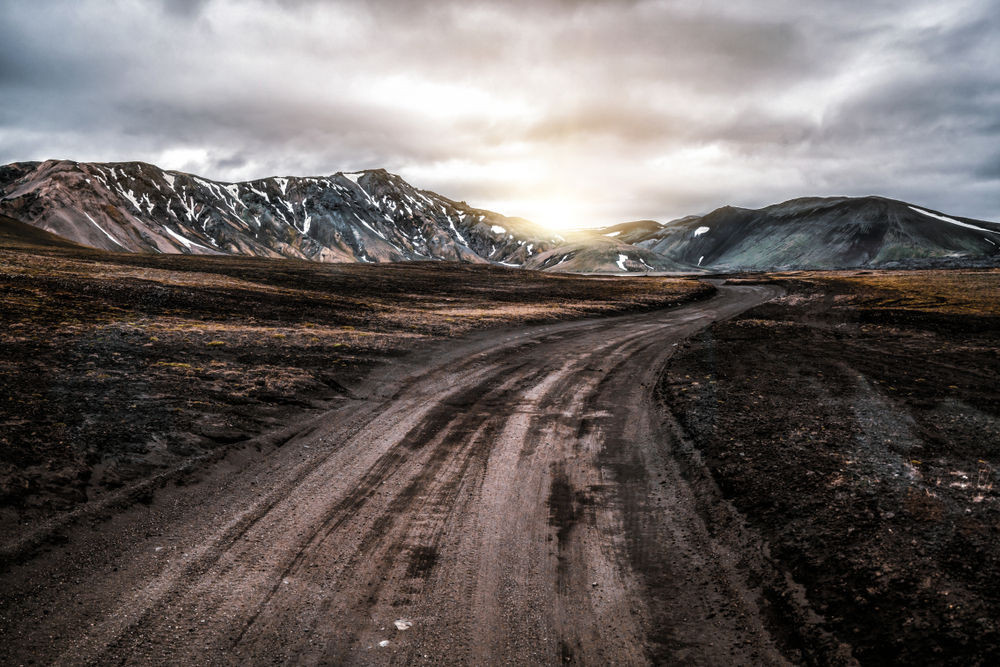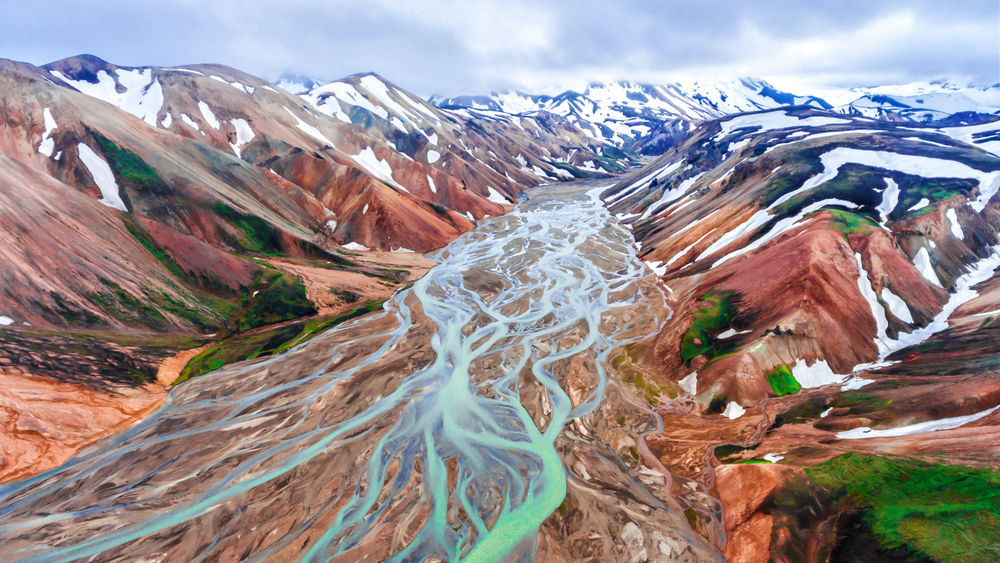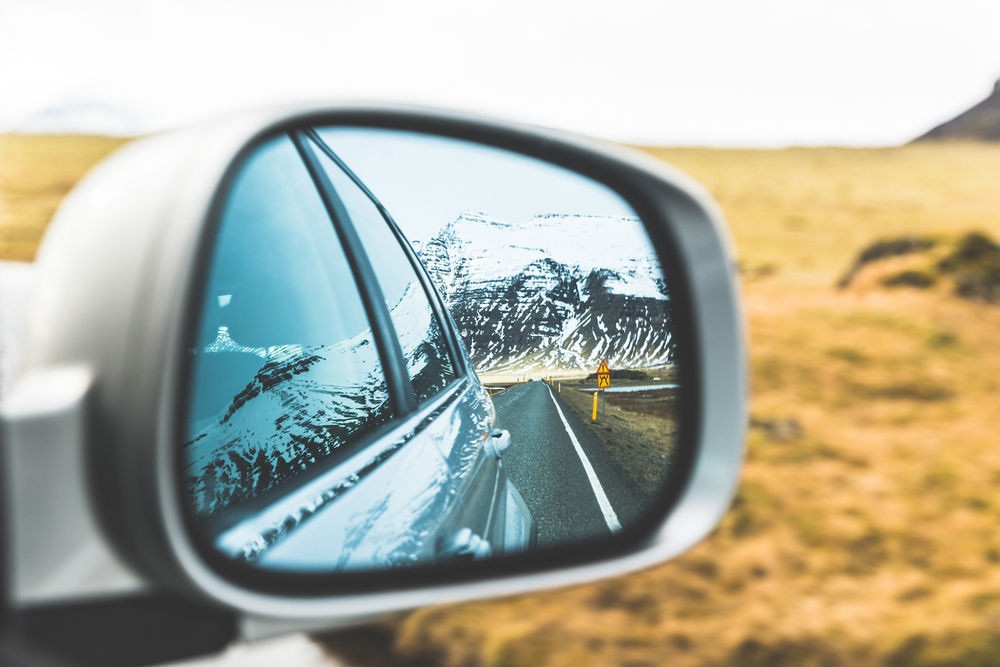Like most countries in the world, Iceland’s population is predominantly gathered around the coast. But in Iceland’s case, this isn’t just for trade reasons or so everyone can enjoy an ocean swim. It’s because much of Iceland’s interior is basically uninhabitable, at least for most of the year. But that doesn’t mean you can’t visit the interior. On the contrary, the highlands of Iceland contain some of its best features, including some of its most incredible (definitely longest) hikes. But reaching the highlands is no picnic; to get to them, you need to drive on the Icelandic Mountain Roads or F-Roads.
Iceland Mountain Road Opening
Iceland’s mountain roads or F roads (the F stands for Fjall, which means mountain) are the only way to reach the highlands. And if you are coming to Iceland in the summer, you’ll want to visit the highlands. The reason I say summer, is because the highland roads are only open between June and September, and even these opening times are subject to change depending on weather conditions. If there has been particularly high snowfall in the preceding winter, rivers may be too large to cross in a vehicle.
That’s right, many of the F roads will require you to cross rivers. Only cross at the designated fording points and cross slowly. And check that the specific road you plan to drive on is open, at http://www.road.is/

The F roads are not known for their perfect road conditions. They are gravel roads, full of potholes, windy turns on cliff edges, and loose sand and ash everywhere. So, the key is to drive slowly and carefully. If you drive fast, gravel can shoot up and damage the underside of your vehicle. Most importantly, because of the river crossings and uneven terrain, only 4x4 vehicles are permitted to drive on Iceland's mountain roads. It’s best not to attempt these roads if you’re not experienced in driving a 4x4. If you decide you’ve had enough, there’s only one way back, and that’s back down the F road. Another key point is that driving off-road is illegal in Iceland, so stick to the track.
It’s best to only venture into the highlands when the weather forecast is clear. If you are stuck in a storm and your car breaks down, you have to wait for Björgunarsveit (the emergency rescue service) to come and collect you. If the weather is bad, you could be waiting for several hours.
Iceland F Road Car Rental
As I mentioned, you’ll need a particular type of car to drive on the F-roads. Contact your car rental company in Iceland and ensure that they offer 4x4 rental, and in particular that those vehicles are suitable for F road driving (able to cross rivers). There are lots of options, from cheaper 4WDs, like the Dacia Duster and the Suzuki Jimny, to high-end vehicles like the Jeep Renegade and the Land Rover Defender. Check your insurance details as well. Consider purchasing Gravel Protection Insurance and/or Sand and Ash Protection in case you run into any trouble on your journey.
What to Do in the Highlands
If you’re embarking on a ring road trip around Iceland, add a visit to the highlands in your travel plans. It’s an incredible experience to drive in Iceland, and even though F roads driving is a little tricky, there are things at the end of those roads that you won’t want to miss. One place you have probably seen a picture of is Landmannalaugar, or ‘the people’s pools.’

Landmannalaugar is renowned for its colorful blue, pink, and yellow hills, the rhyolite mountains, which are caused by rich amounts of minerals in the rock. It’s also known for its wonderful array of natural hot springs; perfect places to relax after a long drive. Landmannalaugar is also the start, or the finish, of Iceland’s most famous hiking trail, the Laugavegur Trail. You can do as much or as little of it as you like, but in total it is about 55km long. It takes several days to complete, so be sure to have sufficient supplies, suitable clothing, and proper experience for this undertaking. Landmannalaugar lies at the end of highland road F208.
Hiking a crater in Iceland
Another natural wonder at the top of an F road (F206) is the Lakí craters, or Lakagígar. This is a 25km long volcanic fissure, formed by several months of continuous volcanic eruptions at the end of the 18th century. These eruptions had a huge impact, not just within Iceland but globally. They are believed to have been a major factor in the onset of the French Revolution, due to the effect they had on grain production in western Europe. The craters can be hiked on and through, and they are a marvel.
Aside from these major points of interest are a host of glacial rivers, waterfalls, lava rock formations, and other wonders to capture you. All of the F roads are accessible via the ring road (Route 1), which branches off at various points into smaller highways, which then lead onto the F roads.
Safety Tips for Driving in Iceland
First of all, there are no gas stations in the highlands. A good rule for traveling around Iceland is whenever your tank drops to half and you are near a gas station, fill up. Once you leave Reykjavík the gas stations are few and far between. You don’t want to be in the middle of nowhere and run out of gas.

Another wise move is to always carry warm, waterproof clothing with you. Iceland’s weather is famously unpredictable so always be prepared for the worst, even in the summer. Check the forecast before you leave on https://en.vedur.is/ , the website of the Icelandic Meteorological Office.
Carry a towel and swimming costume wherever you go, in case you come across a hot spring. Be careful when using wild, unregulated hot springs; they may be too hot to be safe, and the temperature can abruptly change. And bring plenty of drinking water and snacks up to the highlands; some spots, like Landmannalaugar, have a small campsite where it is possible to buy food, but most areas don’t. Take all of your rubbish with you and do your best to minimize your impact on the land. Please don’t walk on the green moss; it is very delicate, essential to Iceland’s ecosystem, and takes centuries to grow.


 By
By


